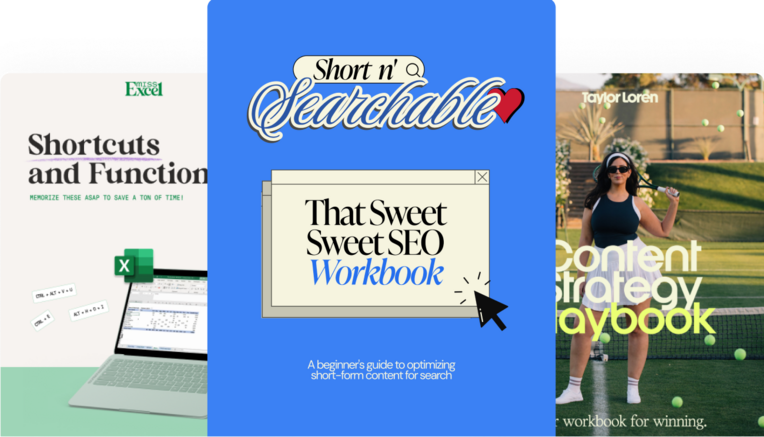You don’t need to be a designer or tech expert to build a workbook your students will love. With Wobo, the process is simple and dare we say, even fun?
Here’s how to go from blank page to beautifully structured, interactive workbook in four easy steps:
Step 1: Identify Your Learning Goals and Audience
Before you start building, get clear on what you want your students to walk away with. Is this workbook for self-reflection? For guiding weekly lessons? For recapping each module?
Once you’ve nailed your goals, tailor the tone and structure to your learners whether they're high school students, college-level learners, or professionals.
Wobo’s Benefit: Wobo’s visual planning tools help you organize your content into bite-sized, goal-oriented pieces. Think of it as a bird’s-eye view of your workbook before you get into the weeds.
Step 2: Choose and Customize a Workbook Template
Pick a layout that works for your content not the other way around. Wobo’s templates give you structure without locking you in.
Want a weekly reflection?
A checklist + journaling combo?
A quiz that recaps key points?
Just use the drag, drop, and tweak wobo feature.
Tip: Need help picking the right format? Here’s how to choose the perfect workbook template for your course goals.
Step 3: Add Interactive Elements
Now for the fun part: turning static content into something students can use. Add fill-in-the-blanks, multiple-choice questions, sliders, or reflection boxes, anything that makes them pause, think, and apply.
How Wobo Helps: Wobo’s editor lets you add interactive pieces with just a few clicks; no coding, no formatting gymnastics.
Step 4: Make Your Workbook Accessible
Accessibility isn’t an extra; it’s essential.
Make sure your workbook supports different learning needs by testing it with screen readers, checking color contrast, and using readable fonts.
Wobo’s Accessibility Features: Wobo supports screen readers, keyboard navigation, and accessible layouts by default so you’re building inclusively from the start.
